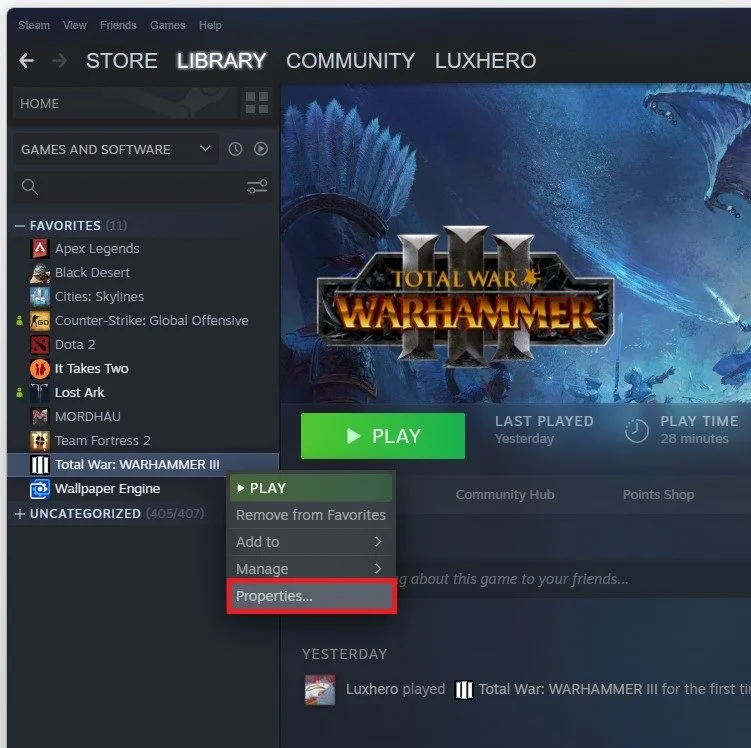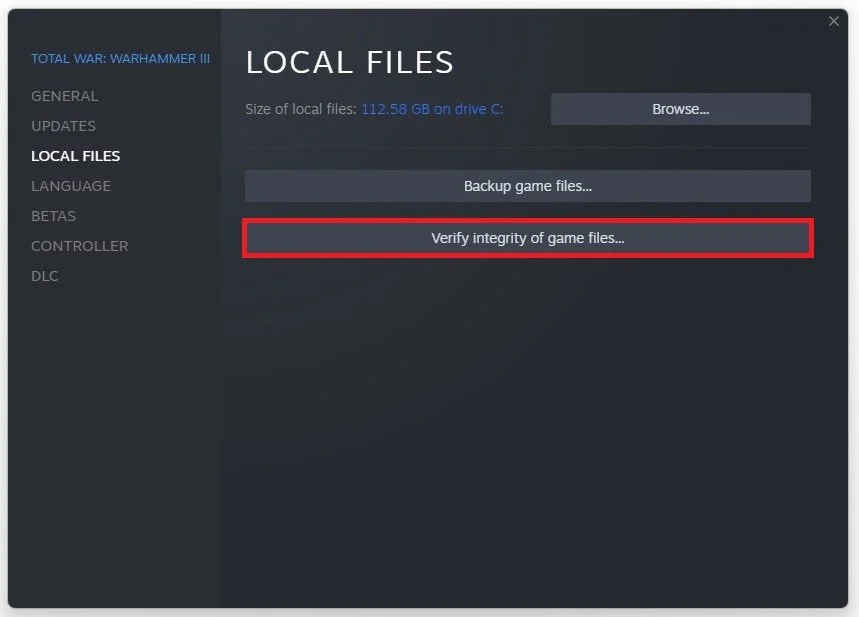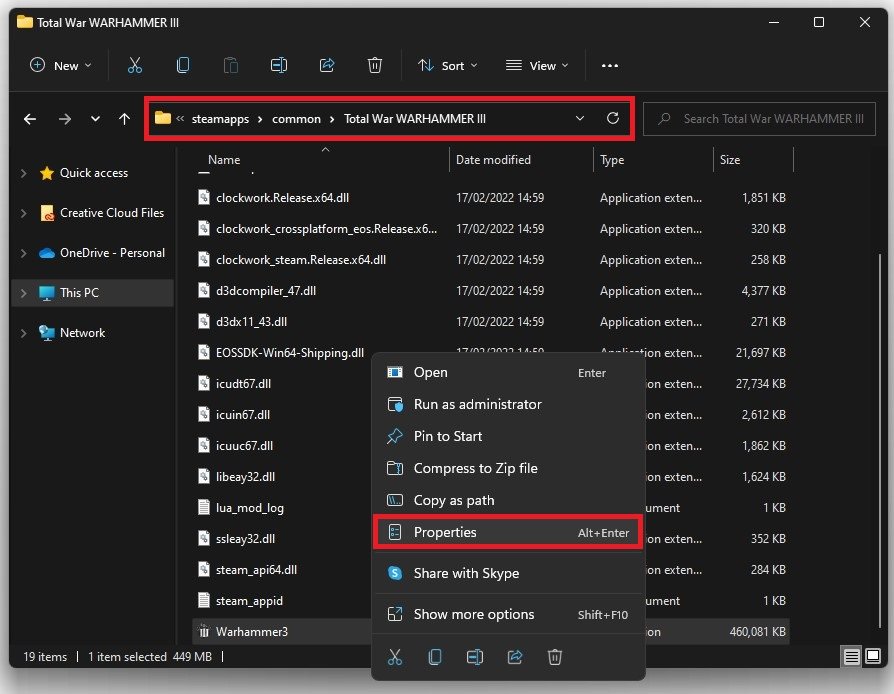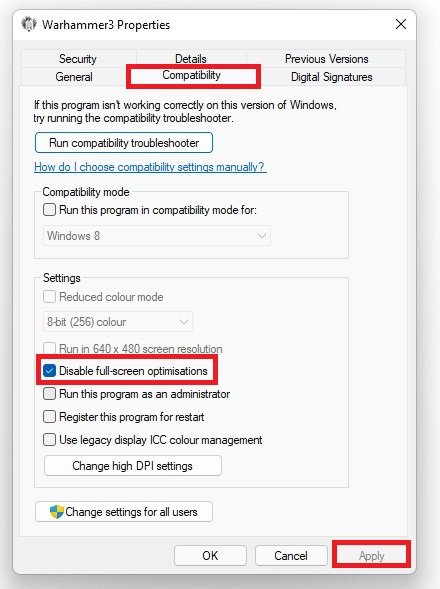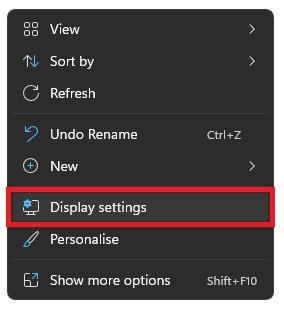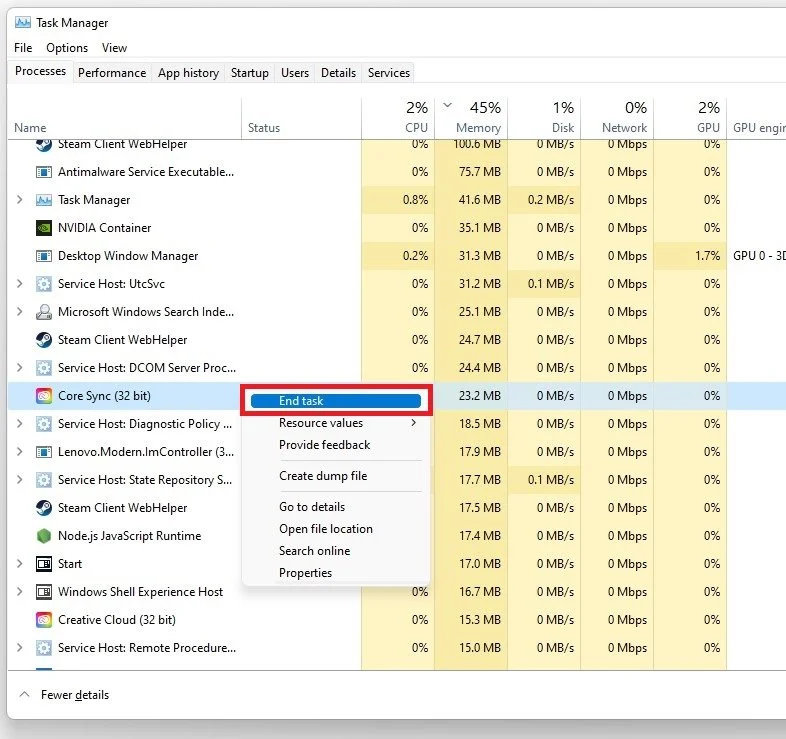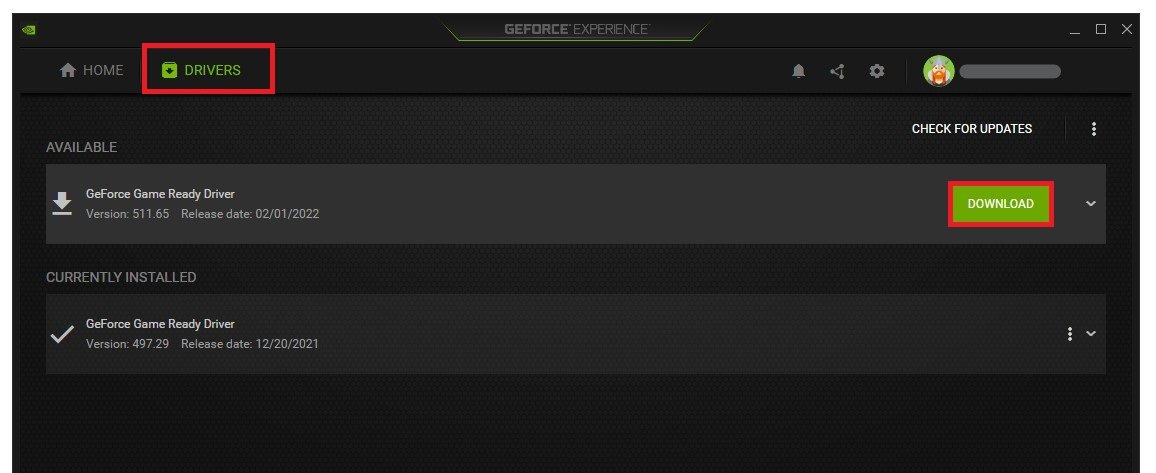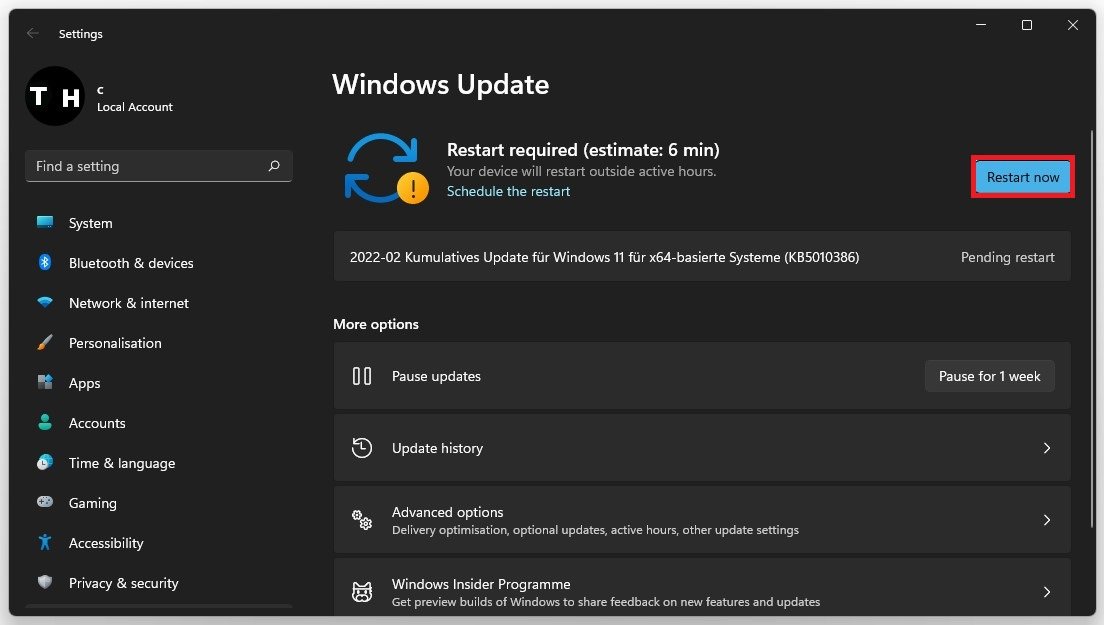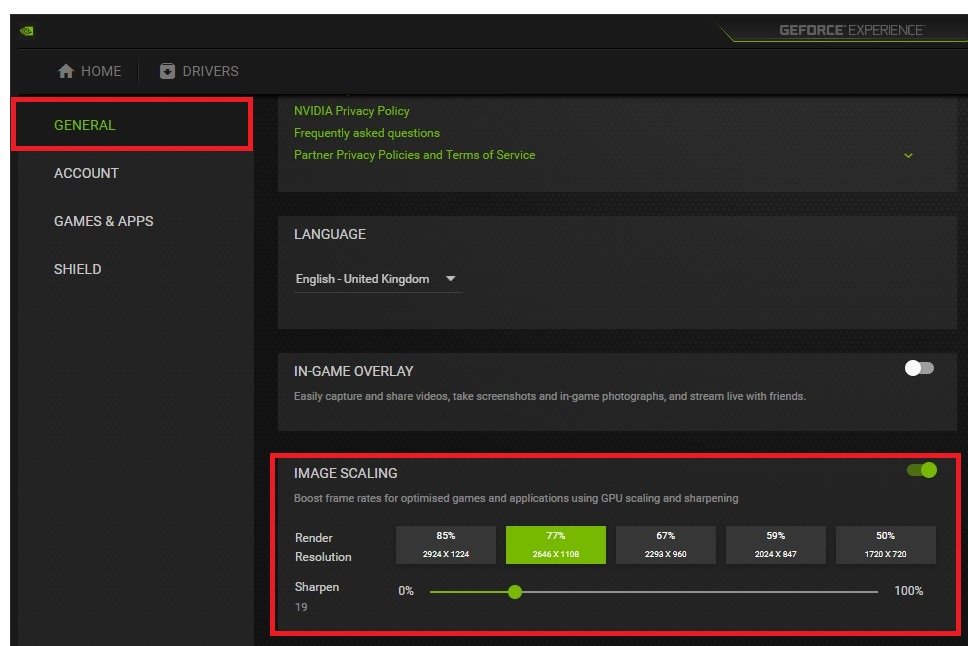Total War: Warhammer 3 - Fix Crash, Freezing & Display Problems
Total War: Warhammer 3 is the latest installment in the epic strategy game series developed by Creative Assembly. With a vast world to conquer, an array of armies to command, and mythical creatures to control, the game is a must-play for strategy enthusiasts. However, players have been reporting various issues, including crashes, freezing, and display problems. These issues can be frustrating, especially when you're in the midst of an epic battle.
But fear not! This article will delve into the most common issues and provide practical solutions to fix them. We'll also answer some of the most frequently asked questions about Total War: Warhammer 3, so you can return to conquering the world in no time.
Verify the Warhammer 3 Game Files
Ensure your game files are complete and up to date. Ensure that Warhammer 3 is not running in the background, and open up your Steam library. Right-click Warhammer 3 and select Properties.
Steam library > Warhammer III > Properties
In the Local Files tab, select Verify integrity of game files. This will take a minute to redownload and replace any missing or corrupted game files.
Total War: Warhammer III Properties > Local Files > Verify Integrity of game files
Adjust the Warhammer 3 Compatibility Settings
Open up your File Explorer and navigate to the drive on which you saved the game on Program Files > Steam > steamapps > common > Warhammer 3 and here right-click the Warhammer3.exe application and go to its Properties.
Program Files > Steam > steamapps > common > Warhammer 3 > Warhammer3.exe
Ensure you’re in the Compatibility tab and select Disable Fullscreen Optimizations and apply your changes.
Disable Fullscreen Optimizations for Warhammer 3
Adjust your Windows Display Settings
Right-click your desktop and select Display Settings.
Ensure the scaling is set to 100% and that you’re using a normal native resolution. In your in-game graphics settings, make sure to set the window mode to Fullscreen.
System Settings > Display > Scale & Layout
End Resource-Intensive Tasks
If the issue persists, open your Task Manager by searching for it in your start menu search. In the Processes tab, make sure to end the programs from running in the background, which could show an overlay while in-game. You should, in addition end CPU intensive processes, such as Shadowplay and Adobe Applications, but make sure to only end the processes from running that you know won’t break your operating system.
Task Manager > Processes > End Task
Update Graphics Card Driver
Ensure your graphics driver is up to date. I suggest using the GeForce Experience application for an NVIDIA GPU, but you can also use the AMD driver suite. Depending on how frequently you update your GPU, this tweak can make the biggest difference. In the Drivers tab, simply click on Download and the application will automatically download and install the latest driver.
GeForce Experience > Drivers > Download
Windows OS Update
Search for Update to open up your Check for updates system settings window. Click on Check for updates, and after downloading the latest OS update, restart your PC.
Windows Settings > Windows Update
Enable NVIDIA Image Scaling (NIS)
If the problem is related to your system performance, you might need to lower your in-game graphics settings.
If you’re using an NVIDIA graphics card, I suggest enabling NVIDIA Image Scaling, which will greatly increase your performance. To do so, you should use the GeForce Experience application. In the Drivers tab, ensure that the most recent GPU driver is installed. Navigate to your GeForce settings. Here, scroll down and enable the Image Scaling option. This will boost your overall frame rates when playing a game on your PC.
GeForce Experience > General Settings > Image Scaling



